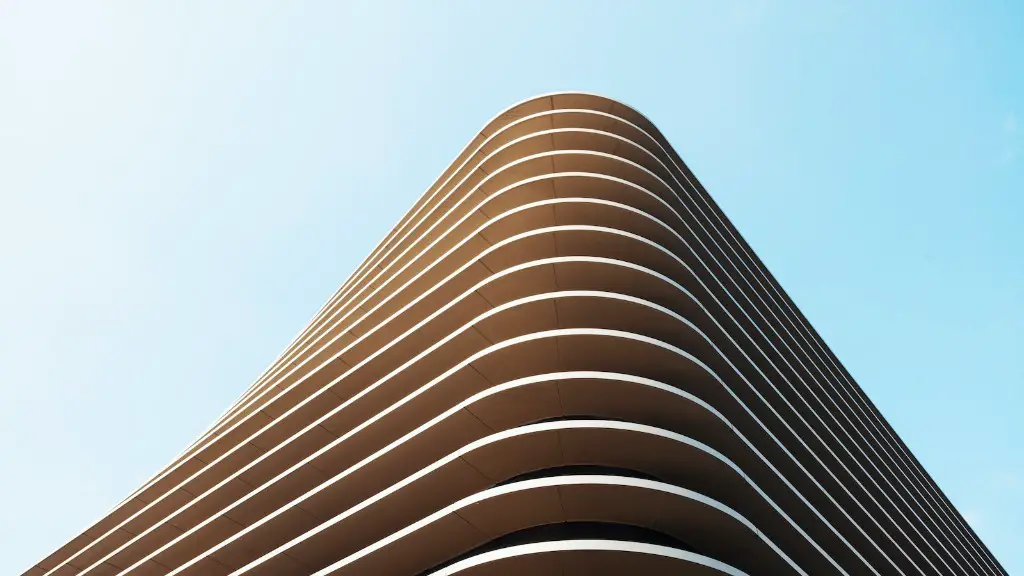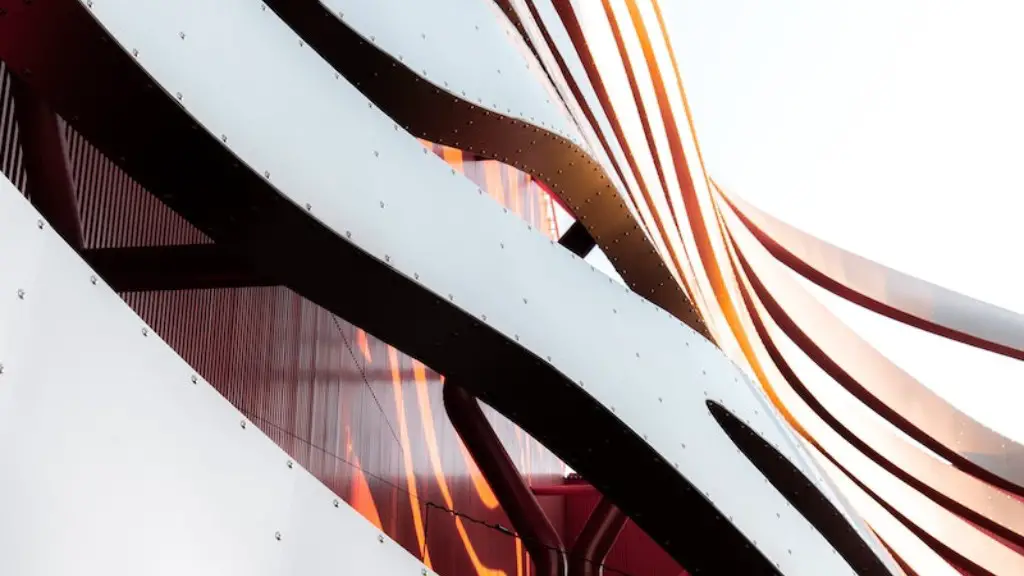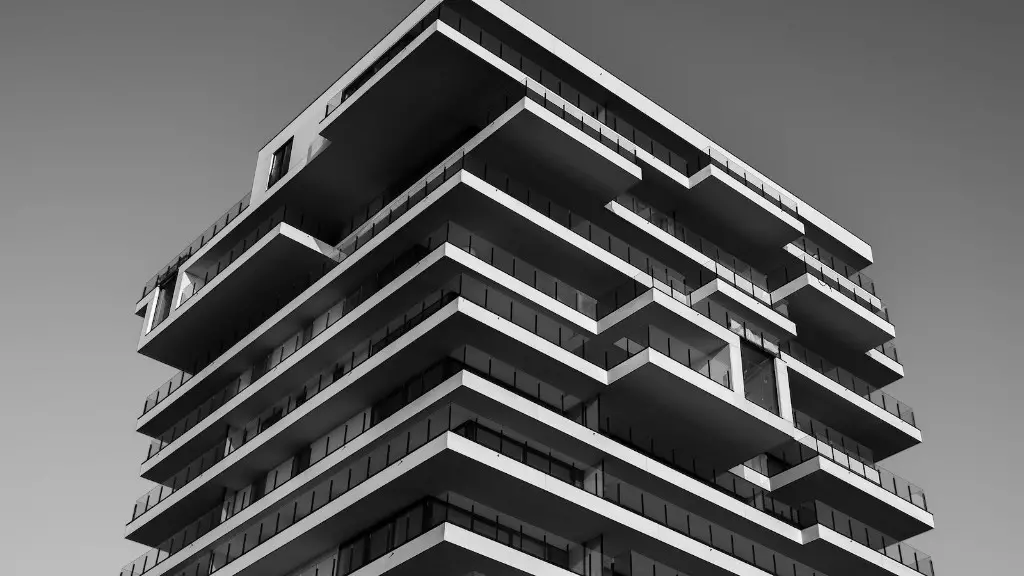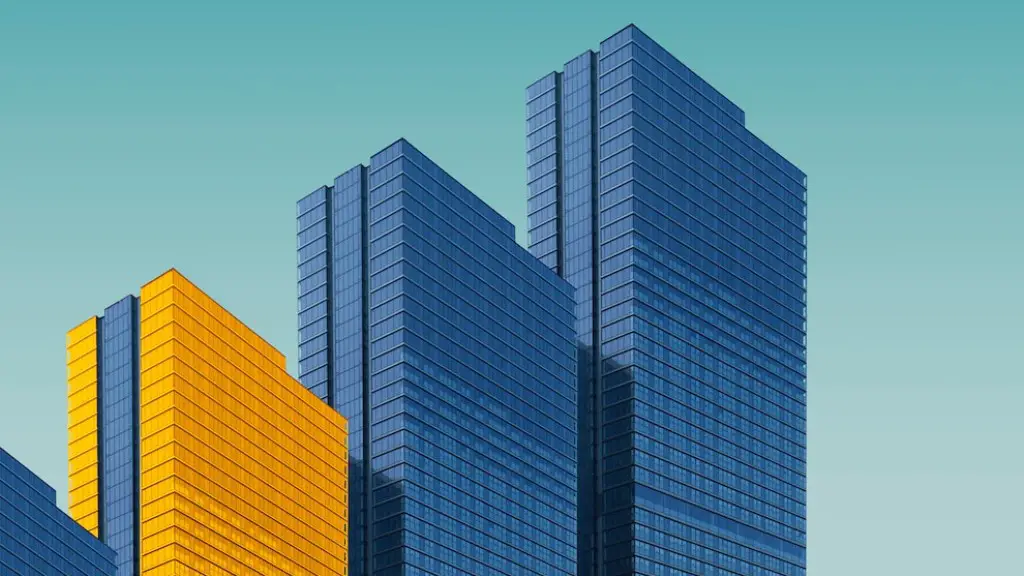Eco friendly architecture is the practice of designing and constructing buildings with the environment in mind. This means using materials that are environmentally friendly, such as bamboo or stone, and incorporating features that reduce the impact of the building on the environment, such as solar panels or green roofs. Eco friendly architecture is becoming increasingly popular as people become more aware of the impact of buildings on the planet.
Eco friendly architecture is architecture that is designed and built using materials and methods that are environmentally sustainable and that have a minimal impact on the natural surroundings.
Why is architecture eco-friendly?
Green buildings are becoming increasingly popular due to their many benefits. One of the greatest benefits is their lower maintenance costs. Green buildings feature specially-engineered design elements that lower energy consumption and help reduce energy cost and water bills for each occupant. These efficient structures can save corporate and residential owners a bundle.
Architects can help make buildings more eco-friendly by following these six sustainable architecture principles:
1. Use low-impact building materials: Materials that have a low environmental impact throughout their life cycle, from extraction and production to transport, installation, and disposal.
2. Add cool roofs: Roofs that are coated with a white or light-colored material to reflect sunlight and reduce heat absorption.
3. Install renewable energy systems: Solar panels, wind turbines, and other systems that generate renewable energy.
4. Add a rainwater harvesting system: A system that collects and stores rainwater for use in irrigation, flushing toilets, and other non-potable uses.
5. Engage in modular construction practices: Building components that are prefabricated off-site and then assembled on-site.
6. Install smart appliances: Appliances that are energy-efficient and can be controlled remotely.
What are the characteristics of eco architecture
Sustainable architecture is designed to be energy-efficient and minimize the impact on the environment. Key aspects of sustainable architecture include energy-efficient lighting fixtures and appliances, efficient heating and cooling systems, and water-saving plumbing fixtures.
Eco-design is a type of design that takes into consideration the environmental impact of a product or service. There are examples of eco-design in all kinds of consumer goods, such as biodegradable furniture, recycled tableware, edible coffee cups and bamboo sunglasses or toothbrushes, as well as clothes and shoes made with plastic recovered from the ocean and ecological gold jewellery.
What is the most eco-friendly building material?
Bamboo is an incredible sustainable resource that grows incredibly quickly. Some species of bamboo can grow up to three feet in just 24 hours! Bamboo is also incredibly strong and versatile, making it an excellent material for eco-friendly building projects.
Sustainable design is an important aspect of green building. It seeks to reduce negative impacts on the environment and the health and comfort of building occupants. The basic objectives of sustainability are to reduce consumption of non-renewable resources, minimize waste, and create healthy, productive environments.
What factors do architects consider in designing an eco-friendly architecture?
Efficient Energy Consumption: One of the biggest factors in designing sustainable buildings is creating facilities that are energy efficient and that minimize energy consumption across all facets of the design process.
Durability and Recyclability: Another important factor in sustainable building design is durability and recyclability. Building materials should be selected for their ability to withstand the rigors of the environment they will be subjected to and for their recyclability after their useful life.
Air Quality: The indoor air quality of a sustainable building is critical to the health and well-being of its occupants. Materials and products used in the construction of the building should be selected for their low emission of volatile organic compounds and other harmful pollutants.
Green buildings are designed to be more efficient with respect to energy and water usage, and to create a healthier indoor environment. Some of the more common features of green buildings include:
-Energy Efficiency: Green buildings are designed to be more energy efficient, often through the use of energy-efficient appliances and lighting, and improved insulation and ventilation.
-Renewable Energy Generation: Many green buildings incorporate renewable energy generation, such as solar panels or wind turbines, in order to reduce their overall energy consumption.
-Water Efficiency: Green buildings are designed to use less water, through the use of low-flow fixtures and water-efficient landscaping.
-Stormwater Management: Green buildings often incorporate features to reduce stormwater runoff, such as rain gardens or green roofs.
-Superior Indoor Environment: Green buildings are designed to provide a healthier indoor environment, through the use of upgraded ventilation and air filtration systems.
What are the features of an eco-friendly house
Eco-friendly houses are built with the environment in mind. They are designed to conserve water, recycle garbage, and use renewable sources of energy. They also avoid using artificial colours and materials, and instead use natural light and ventilation.
Green architecture, also known as sustainable architecture, is the philosophy of designing and constructing buildings with the consideration of their impact on the environment. This type of architecture advocates for the use of sustainable energy sources, the conservation of energy, the reuse of building materials, and the siting of buildings with consideration of their impact on the environment.
What are some eco-friendly techniques?
You can make a huge difference in reducing your carbon footprint and saving the planet by making some simple changes in your daily life. Here are 10 easy ways to get started:
1. Sign up for our newsletter to stay up-to-date on the latest ways to help the planet.
2. Eat less meat. Meat production is a major contributor to greenhouse gas emissions.
3. Don’t waste food. Make sure to compost or recycle food scraps instead of throwing them away.
4. Recycle everything. From paper and plastic to metals and glass, recycling can help reduce the strain on our landfills.
5. Try to cut out plastic. Bring reusable bags to the grocery store and avoid using plastic straws and water bottles.
6. Use LED light bulbs. They use less energy and last longer than traditional incandescent bulbs.
7. Insulate your home. Make sure your home is properly insulated to reduce heating and cooling costs.
8. Have your food shop delivered. This can help reduce the emissions from transportation.
9. Use green cleaning products. Avoid harsh chemicals that can pollute the air and water.
10. Support renewable energy. Invest in solar or
Eco-friendly innovations are those that help protect the environment. This can be achieved in a number of ways, such as using recycled, recyclable and/or biodegradable materials, or by using plant-based materials instead of those derived from fossil fuels. Another way to reduce environmental impact is to reduce the release of polluting substances and greenhouse gases into the atmosphere.
What are eco-friendly methods
We can all play a role in saving the environment. Here are a few things we can do to help:
– Conserve water by fixing leaks, watering plants during the cooler hours of the day, and investing in water-saving appliances.
– Drive less and walk or bike more. Taking public transportation can also help reduce emissions.
– Consume less energy by unplugging electronics when they’re not in use, using energy-efficient light bulbs, and turning off lights in rooms that aren’t being used.
– Buy recycled products and recycle items when possible.
– Eat locally grown vegetables and fruits to reduce your carbon footprint.
– Join environmental groups to help combat air pollution and other environmental issues.
– Create less waste by composting, using reusable bags and containers, and avoiding single-use items.
– Plant more trees! Trees help reduce carbon dioxide in the atmosphere and can beautify our communities.
Timber wood is an excellent building material for eco-housing for a variety of reasons. Trees grow using energy from the sun, so they are a renewable resource. They also do not pollute, produce oxygen, absorb CO2, provide a wildlife habitat, and can be replanted. Timber can also be sourced locally, which reduces environmental impact. Finally, timber can be put to some other use after a building is demolished, further reducing waste.
What are eco-friendly walls made of?
There are a variety of green building materials that can be used in construction. Stone is a great option because it is low maintenance and eco-friendly. Any extra stone leftover from the build can be used for home finishings such as countertops or tile. Cob, bamboo, cork, adobe brick, straw bale, cordwood, and earth bags are all other great green building materials to consider.
The most eco-friendly construction materials for a home are ones that are recycled or reused, such as recycled steel or bamboo. Other materials that are environmentally friendly include sheep’s wool, straw bales, precast concrete, and plant-based polyurethane foam.
What is eco style design
Eco-style is a minimalistic approach to design that focuses on sustainable materials and simple forms. The goal is to create a space that feels natural and inviting, with a focus on textures and structures that mimic the outdoors. This style is perfect for those who want to reduce their environmental footprint and create a calming oasis at home.
The main goal of sustainable design is to reduce negative environmental impact while improving quality of life. It focuses on creating products and systems that contribute positively to the people and planet in all aspects, from ecological health and abundance to long-term economic growth and social responsibility.
There are many different ways to approach sustainable design, but the ultimate goal is always the same: to create a healthier, more sustainable world for everyone.
Final Words
Eco friendly architecture is a type of architecture that is designed with the environment in mind. This type of architecture takes into account the impact that the building will have on the environment and works to minimize that impact.
Eco-friendly architecture is the practice of designing buildings and using materials that are environmentally responsible and resource-efficient throughout the building’s lifecycle from siting to design, construction, operation, maintenance, renovation, and deconstruction. This philosophy of eco-friendly architecture strives to minimize the negative environmental impact of buildings by enhancing their efficiency and reducing their consumption of non-renewable resources, while also reducing pollution, waste, and toxins.





